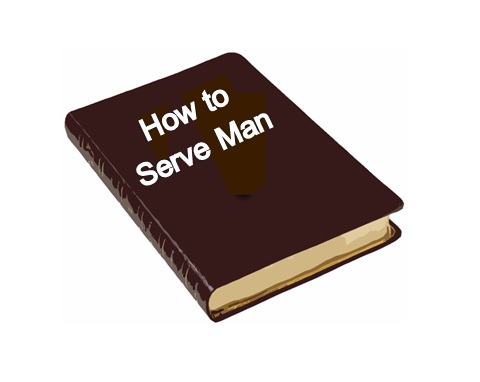Effective January 18, 2025, the USPTO filing fees for trademark applications are going up, as illustrated on this chart:
| Until January 17, 2025 | After January 17, 2025 | ||
| Use-based application in one class using standard descriptions of goods and services | $250 | $350 | 40% increase |
| Use-based application in one class, using freeform descriptions of goods and services | $350 | $550 | 57.1% increase |
| Intent-to-use application in one class using standard descriptions of goods and services + Statement of Use* | $250 + $100 | $350 + $150 | 42.9% increase |
| Intent-to-use application in one class, using freeform descriptions of goods and services + Statement of Use* | $350 + $100 | $550 + $150 | 55.6% increase |
In addition, there is a new $100 surcharge per class if any of the twenty “Requirements for a base application,” as provided in 37 CFR § 2.22(1) through (20) is omitted, and an additional fee of $200 for each additional group of 1,000 characters in the free-form text box beyond the first 1,000 characters. Thus a mistake or omission can bump the fees for a new single application to $450, and a lengthy description of goods and services adds at least another $200.
One way to minimize government filing fees are to make sure all of the requirements for a base application are met. This may be more difficult than it sounds, because it includes providing a description of the mark, describing all colors in the mark and their locations; providing an English translation of any non-English wording, and providing a transliteration of any non-Latin characters, compliance with which is at least somewhat subjective.
Another way to minimize government filing fees is to select the descriptions of goods and services from the Trademark ID Manual (TMNG-IDM). The ID Manual is often lacking, particularly with respect to modern goods and services. This can be managed with some advance planning – requesting that your goods or services be added to the ID Manual. This is easily done by emailing the name of requester, the email address of the requester, and the proposed identification (no more than 25 words) to [email protected]. No more than three proposals should be submitted in a single email, the proposal(s) should be of use to other applicants (and not just the submitter), and proposal should not be for a description that has been rejected by an Examiner.
A final way to minimize government filing fees is to file separate applications for classes using descriptions from the Trademark ID Manual, and classes needed a freeform description of goods and services.
The fees for maintaining issued registrations are also increasing:
| Until January 17, 2025 | After January 17, 2025 | ||
| Section 8 Affidavit of Use (between the 5th and 6th Anniversary of registration) per class | $225 | $325 | 44.4% increase |
| Combined Section 8 & 15 Affidavits of Use (between the 5th and 6th Anniversary of registration) per class | $225 + $200 | $325 + 250 | 28.1% increase |
| Section 8 Affidavit and Section 9 Renewal per class | $225 + $300 | $325 + $325 | 23.8% increase |

